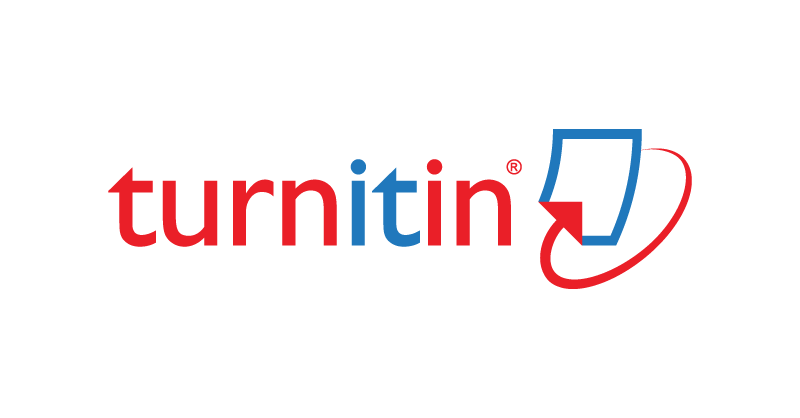Analysis of Consumable Material Inventory Control in Brake System Company
DOI:
https://doi.org/10.32734/jsti.v25i1.10565Keywords:
Inventory Cost, Consumable Material, FOQ, EOQAbstract
A good raw material and consumables control planning system is important in the production process so that the process runs according to schedule and target. Brake system company is a manufacturing company engaged in brake systems. Concerning the control of consumable material, this company often experiences overstock in warehouses, causing an overrun in inventory costs and investment cannot develop. One of these conditions can be influenced by the ordering method applied by the company which is still not appropriate. The purpose of this study is to find out and provide proposed to companies related to the cost of consumable inventory by comparing the three methods of determining lots based on Fixed Order Quantity (FOQ), Economic Order Quantity (EOQ), and Fixed Order Quantity Proposed (FOQ Proposed) is the FOQ method combined with the Lot for Lot (LFL) principle to determine the method with the most optimal inventory cost. From the results of the study, it is known that the Proposed FOQ method has the lowest total inventory cost compared to the other two methods. The proposed FOQ approach could reduce inventory costs by up to one-third times the previous cost.
Downloads
References
N. Nemtajela and C. Mbohwa, “Relationship between Inventory Management and Uncertain Demand for Fast Moving Consumer Goods Organisations,†Procedia Manuf., vol. 8, no. October 2016, pp. 699–706, 2017, doi: 10.1016/j.promfg.2017.02.090.
A. Mahardhika, A. Rahman, and R. Y. Efranto, “Analisis Perbandingan Pengendalian Persediaan Bahan Baku Dengan Pendekatan Metode Economic Order Quantity Dan Metode Kanban,†Tek. Ind., vol. 2, no. 2, pp. 454–463, 2018.
E. Hertini, N. Anggriani, W. Mianna, and A. K. Supriatna, “Economic Order Quantity (EOQ) Optimal Control Considering Selling Price and Salesman Initiative Cost,†IOP Conf. Ser. Mater. Sci. Eng., vol. 332, no. 1, 2018, doi: 10.1088/1757-899X/332/1/012013.
I. Rizkya and Fernando, “Optimalisasi Persediaan Bahan Baku Atap Spandex dengan Metode Q,†J. Sist. Tek. Ind., vol. 23, no. 1, pp. 1–8, 2021, doi: 10.32734/jsti.v23i1.4906.
S. Akhtari, T. Sowlati, D. G. Siller-Benitez, and D. Roeser, “Impact of inventory management on demand fulfilment, cost and emission of forest-based biomass supply chains using simulation modelling,†Biosyst. Eng., vol. 178, pp. 184–199, 2019, doi: 10.1016/j.biosystemseng.2018.11.015.
V. M. Rao and D. Mangal, “Economic order quantity - a tool for inventory management - a case study,†Int. J. Supply Chain Invent. Manag., vol. 3, no. 1, p. 56, 2018, doi: 10.1504/ijscim.2018.10019608.
A. Nasution and C. Indriya, “Pembelian Bahan Baku Optimal Ready Mix Concrete dengan Metode Economic Order Quantity,†J. Sist. Tek. Ind., vol. 22, no. 2, pp. 25–32, 2020, doi: 10.32734/jsti.v22i2.3827.
H. Hidayat, “Application of the EOQ (Economic Order Quantity) Method in Determining Chemical Supplies in PT. Semen Indonesia,†Int. J. Sci. Eng. Inf. Technol., vol. 5, no. 1, pp. 226–230, 2020, doi: 10.21107/ijseit.v5i1.8911.
M. Riza, H. Hardi Purba, M. Riza, and H. Purba, “The implementation of economic order quantity for reducing inventory cost,†Res. Logist. Prod., vol. Vol. 8, No, no. 3, pp. 207–216, 2018, doi: 10.21008/j.2083-4950.2018.8.3.1.
S. Margono and Y. D. Lestari, “Determine the appropriate inventory model in tang company,†J. Bus. Manag., vol. 4, no. 4, pp. 501–509, 2015.
F. M. Puspita, N. A. Primadani, and E. Susanti, “Application of Material Requirement Planning with ARIMA Forecasting and Fixed Order Quantity Method in Optimizing the Inventory Policy of Raw Materials of Sederhana Restaurant in Palembang,†vol. 142, no. Seabc 2019, pp. 71–76, 2020, doi: 10.2991/aebmr.k.200520.014.
A. Chandradevi and N. B. Puspitasari, “Penerapan Material Requirement Planning (MRP) dengan Mempertimbangkan Lot Sizing dalam Pengendalian Bahan Baku pada PT. Phapros, Tbk.,†PERFORMA Media Ilm. Tek. Ind., vol. 15, no. 1, pp. 77–86, 2016, doi: 10.20961/performa.15.1.13760.
Downloads
Published
How to Cite
Issue
Section
License
Copyright (c) 2023 Jurnal Sistem Teknik Industri

This work is licensed under a Creative Commons Attribution-ShareAlike 4.0 International License.
The Authors submitting a manuscript do so on the understanding that if accepted for publication, the copyright of the article shall be assigned to TALENTA Publisher Universitas Sumatera Utara as the publisher of the journal.
Copyright encompasses the rights to reproduce and deliver the article in all forms and media. The reproduction of any part of this journal, its storage in databases, and its transmission by any form or medium will be allowed.



















